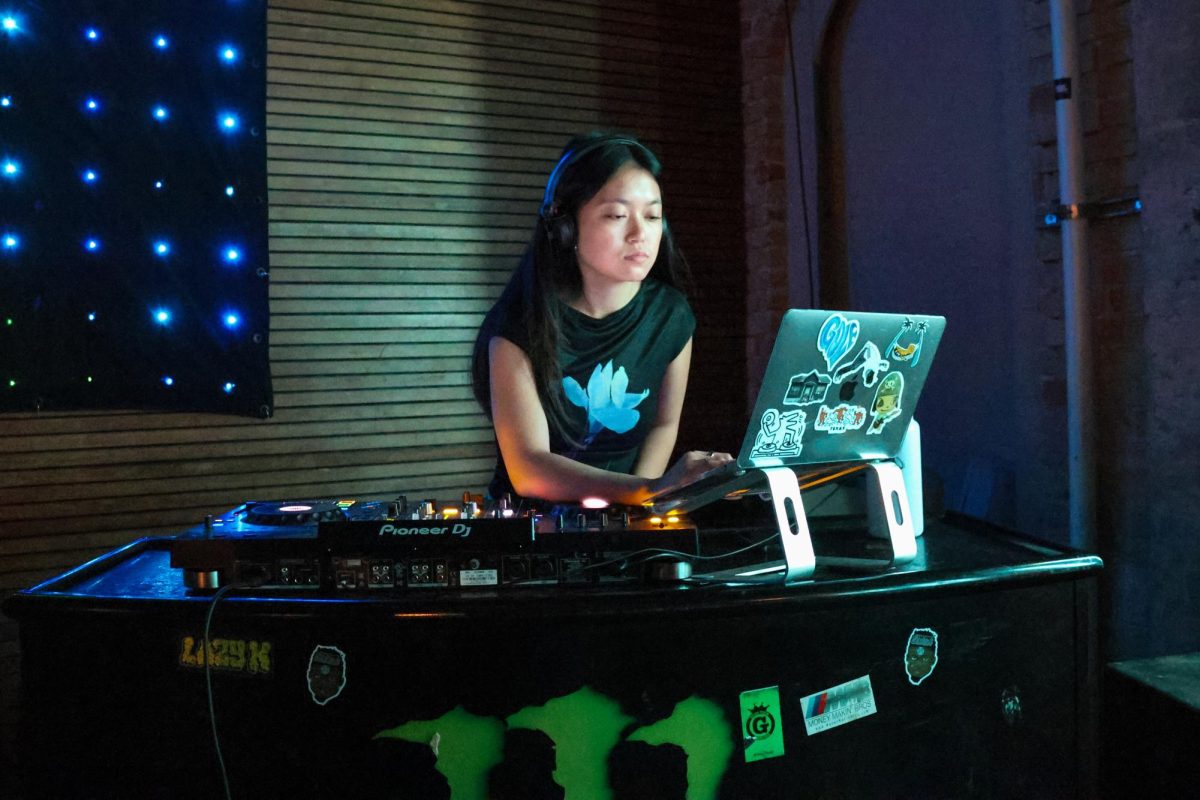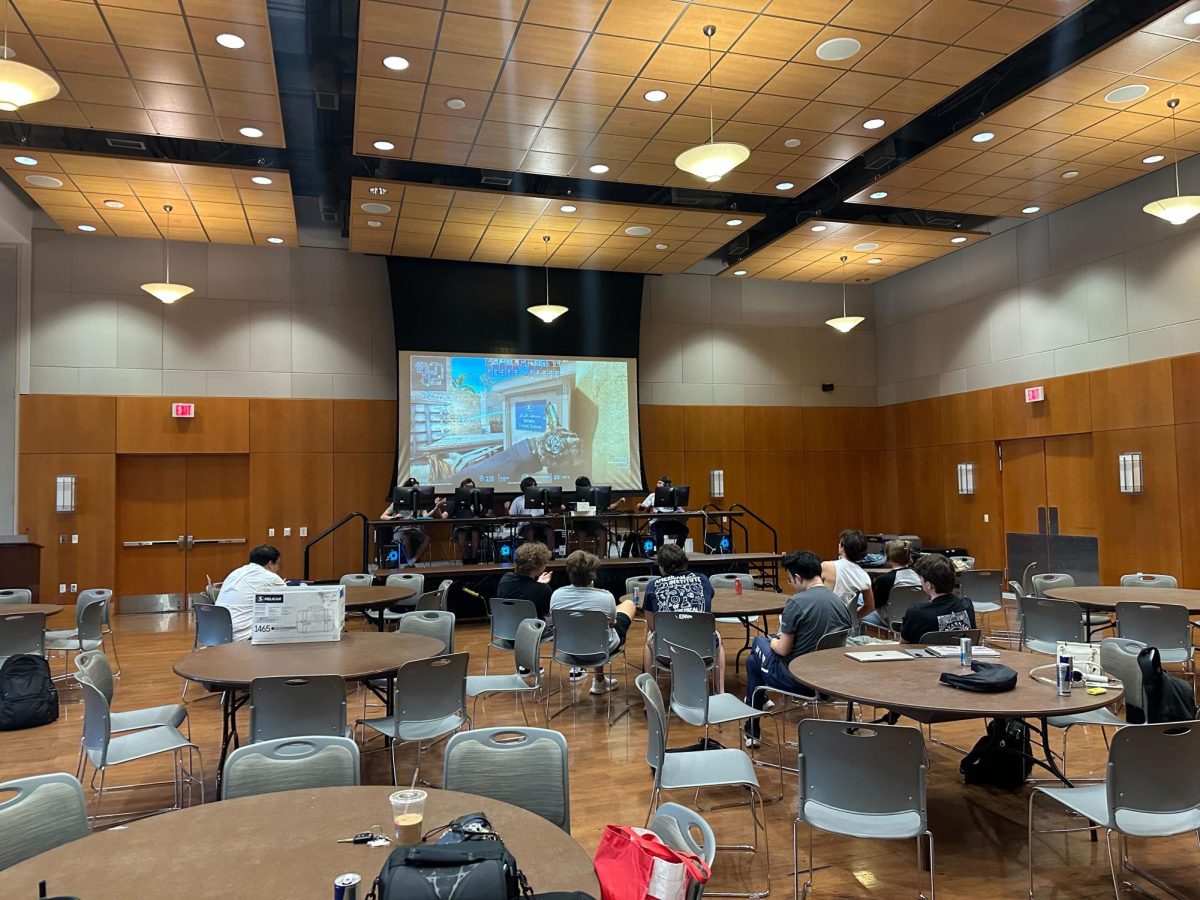“The Drowsy Chaperone’s” opening lines, which are delivered in complete darkness, are a bit surprising.
“I hate theater,” play narrator and musical aficionado The Man in the Chair says. “You know what I do when I’m sitting in a darkened theater, waiting for the curtain to rise? I pray. Dear God, please let it be a good show. And let it be short.”
The lights come up, and The Man in the Chair (Martin Burke) welcomes the audience into his cozy fantasy world of 1920s theater, which offers him a departure from the frustrations of the less exciting life he leads outside the bubble of his well-decorated apartment and treasured record collection. The Man reminisces about the glory days of theater, when musicals did “what they’re supposed to do,” and pulls out the 1928 recording of his favorite musical, “The Drowsy Chaperone.” No sooner does he put the record on than the original stars of the musical are brought to life in the Man’s living room.
The play-within-the-play follows vain and glamorous showgirl Janet Van de Graff (Jill Blackwood), who has decided to give up show business for love — which may seem surprising, as she’s more in love with herself than she could ever be with anyone else, and she has only just met her handsome but boring fiance (Matthew Redden). The “drowsy” (read: alcoholic) chaperone (Meredith McCall) is hired to keep the bride and groom apart until the ceremony, but she is too preoccupied with the open bar to care about wedding-day traditions. And, like all comedies of this nature, the show wouldn’t be complete without a smattering of ridiculous supporting characters, including a pair of gangsters disguised as pastry chefs, a wealthy older woman and her butler and Janet’s producer, who is hell-bent on breaking up the wedding so Janet can remain in show business.
It’s hard to say what the Man thinks is so special about “The Drowsy Chaperone.” The story is intentionally overacted and overcomplicated, and the music is mostly forgettable — but that’s unimportant. The success of “Chaperone” lies in the Man’s exuberant and witty commentary on the show, its original actors and 1920s theater. Seeing the show through his eyes adds a clever and entertaining framework that engages the audience throughout the play, even during the show’s slowest and most tedious moments. Instead of glossing over the play’s flaws, he elaborates on them; he introduces one scene by saying, “This scene couldn’t be more ridiculous,” and he describes another as “lame” before skipping the second half of the scene entirely.
“Chaperone” features a talented and energetic cast, and Burke is particularly well-cast as The Man in the Chair. He serves as a charismatic and likeable mediator between the actors in his living room and the audience surrounding him. Whether he’s interrupting the play with his anecdotes or watching it alongside the audience, Burke is entertaining to watch and plays his character expertly, making the Man realistic and charming. The show is well-choreographed, which complements the high-energy and ridiculous tone of the show perfectly.
ZACH Theatre’s “The Drowsy Chaperone” is a play that even the Man would approve of. At 140 minutes, the show is short by theater standards, and even someone who hates modern theater as much as the Man claims he does would have to recognize the ingenuity and freshness of the play. Maybe it would finally give him a reason to get over his obsession with the original “The Drowsy Chaperone,” a work he admits is mediocre and cliche, and enjoy the gems of contemporary theater.
—
WHAT: “The Drowsy Chaperone”
WHERE: ZACH Theatre
WHEN: Through August 1; Wednesdays through Saturdays at 8 p.m., Sundays at 2:30 p.m.
TICKETS: Start at $20; $15 for students one hour before the show











